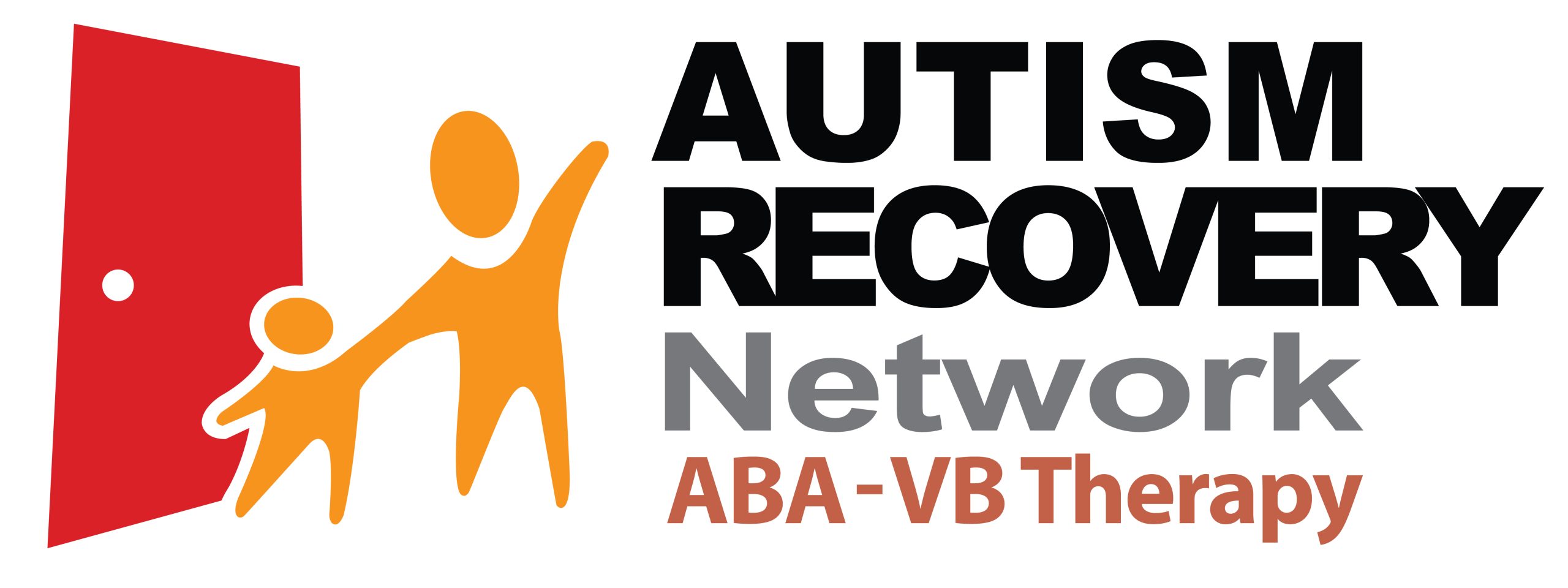For most people, navigating the constant distractions of daily life — full of glowing screens, calls, texts, ambient noise, and hectic schedules — is difficult enough.
Now imagine trying to do it without the cognitive mechanisms that let most people shrug off those waves of stimuli, or with those distractions amplified, brightened, sped up, or distorted.
That feeling of sensory overload can be common among people with autism and autism-related disorders, and a local nonprofit is working to provide some respite in a new sensory room designed to calm its occupants.
Opportunity Works, which supports about 65 adults with intellectual, cognitive, and physical disabilities in jobs including recycling, shredding, and jewelry-making, is raising money to set up a space that provides relaxation for people with special needs through the exploration of different textures, sights, and smells.
“We want them to be as productive as possible, so if they need 15 minutes in a stim room, that’s what we want,” said Amy Szozda, a program manager at Opportunity Works. “It’s a place they can go to relax, calm themselves down, and reorient a little bit.”
Sensory or stimulation rooms are built to engage the five senses and often feature items such as ball pits, platform swings, rollers, tubes, weighted balls, and special lighting. Szozda said some people with autism enjoy throwing themselves onto “crash pads,” impact-absorbing foam mats that provide tactile stimulation.
Program Services Director Deborah Ericson said she and her staff are looking to replicate the varied textures and sensations of a popular stimulation room at a state Department of Developmental Services facility in Newington. That space boasts a hammock, a waterbed, different scents and oils, music machines, and a fountain-type device that bubbles and bounces light off the surface of the water.
The Newington stimulation room also shows that such spaces can be useful for people with a range of disabilities, not just autism, Szozda said.
“For someone with cerebral palsy, it can relax them,” she said. “It’s a wonderful thing to see someone who’s very tense and agitated all the time to be able to relax that deeply.”
That kind of stimulation room, however, is not cheap to re-create.
Szozda said an increasing public focus on autism over the past several years has helped dramatically expand the market for equipment designed for autistic people. The downside, she said, is that these specialty tools and devices are now more expensive, placing them out of reach for an institution that relies partially on the cash-strapped state of Connecticut for funding.
The rooms must also be designed to ensure safety and cater to the preferences of people prone to overload.
“Their sensory perception is very different from most people,” Ericson said. “A lot of time they’ll want to be in a small space, because a big space would overwhelm them.”
Specialists also have to be mindful of pica, a disorder found in some autistic people that involves eating non-edible items. Beanbags might seem like a natural fit for stimulation rooms, Szozda said, but bags filled with beans or pellets can leak, creating an obvious hazard. Instead, the facility needs special bags filled with soft foam that doesn’t present the same danger.
The facility’s current stimulation space is a long room toward the back of the Opportunity Works offices. Plush couches are pushed up against the walls and a spinning black disco ball shines multicolored lights in every direction, giving employees something to focus on.
Though it serves its purpose, staff members said, it’s a long way from what they’d like to be able to offer.
“We’ve done what we can afford to do at the moment,” said Stacey Dean, the nonprofit’s development director. “But we want to expand and improve and give them the experience here that you’d have to go to Newington to get now.”
Dean said they’ve received $2,000 so far from United Bank Foundation Connecticut, the local charitable arm of United Bank, bringing the organization closer to a goal of between $20,000 and $30,000 for the stimulation room.
Aside from state support, Opportunity Works makes much of its money selling the birdhouses, cork arrangements, jewelry, ornaments, and other gifts its employees make. They also hold fundraisers including wine tastings, chocolate sales, and pasta dinners. And while these sources help power the operation, they won’t necessarily be enough to fund the new stimulation room independently, prompting directors to start looking for support from the community.
Ericson said she envisions one day using a stimulation room to host some of the special events the staff stages for employees, like a re-created Big E, complete with carnival lights and the smell of popcorn.
“A lot of this is about bringing the world outside in,” she said. “You try to bring in what you can’t take them out to see.”
Link to original article: http://www.journalinquirer.com/connecticut_and_region/sensory-room-offers-calm-space-for-developmentally-disabled-workers/article_f4b32210-2412-11e8-97f8-3f95a040d05d.html

